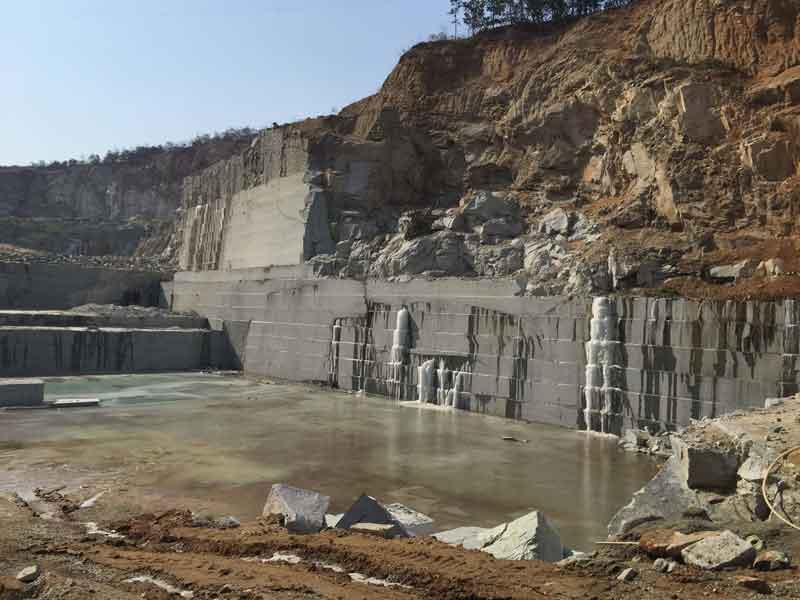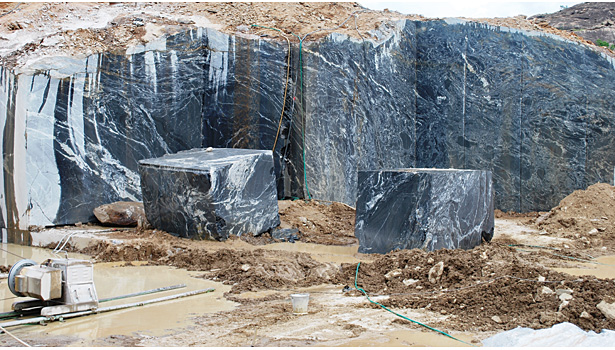The Hidden Gems: Exploring Granite Quarries in South Africa
The Hidden Gems: Exploring Granite Quarries in South Africa
Blog Article
Unearthing the Rich History and Sustainable Practices of Granite Quarrying
As we base on the precipice of uncovering the complex tapestry of granite quarrying, a journey with time discloses not just the physical act of removing rock however additionally the cultural and historical value woven into the extremely textile of this practice. From the ancient beginnings that laid the structure for modern quarrying methods to the lasting practices that are shaping the future of this sector, each chisel mark on granite surfaces narrates waiting to be uncovered (granite quarries in south africa). The tradition of granite quarrying extends far beyond simple removal; it is a testament to human resourcefulness, durability, and the long-lasting allure of this magnificent rock
Ancient Origins of Granite Quarrying
Going back to ancient worlds, the method of quarrying granite has actually been an integral part of human background and building development. The earliest evidence of granite quarrying dates back to ancient Egypt, where substantial pyramids and intricate sculptures were crafted from this resilient stone. The Egyptians used primitive tools to draw out granite blocks from quarries, showcasing the value of this product in their huge building and constructions.
Relocating onward in background, the Greeks additionally made substantial payments to the quarrying of granite. The Greeks made use of granite in numerous building wonders, such as temples and sculptures, demonstrating their skill in shaping and carving this hardy stone. The Romans further refined the techniques of quarrying granite, using advanced devices like knives and hammers to remove and form granite for their famous structures.
With the centuries, the method of quarrying granite has evolved, with modern technologies improving performance while keeping the ageless allure of this natural stone - granite quarries in south africa. From ancient people to contemporary home builders, the heritage of granite quarrying proceeds to form our globe
Development of Quarrying Methods
The development of quarrying methods has been marked by a continual development in the direction of higher efficiency and precision in drawing out granite. From the rudimentary approaches used by our ancestors to the innovative technologies used in modern-day quarrying procedures, the sector has actually gone through considerable developments. Early quarrying strategies included manual work with basic tools such as chisels, hammers, and wedges to extract granite blocks from the earth. As people progressed, techniques like fire-setting and primitive dynamites were presented to assist in the removal process.
In even more current times, the introduction of equipment revolutionized the quarrying market, making it possible for faster removal prices and increased performance. Technologies such as ruby wire saws, high-pressure water jets, and pneumatically-driven drills have actually become common in modern-day quarries, permitting exact cutting and lowered waste. Additionally, improvements in computer-controlled tools and 3D modeling have optimized quarrying operations, causing marginal ecological impact and improved sustainability methods. As the need for granite proceeds to increase, the development of quarrying strategies continues to be indispensable to conference sector requires successfully and sustainably.
Cultural Relevance of Granite
Granite holds an extensive cultural relevance across numerous human beings as a result of its long-lasting existence in architectural masterpieces and prized monoliths. From the impressive pyramids of his comment is here Egypt to the detailed carvings of the Angkor Wat temple in Cambodia, granite has actually been a product of option for expressing majesty and long life in cultural heritage. In ancient Rome, granite columns embellished temples and public buildings, signifying stamina and permanence. The social relevance of granite prolongs beyond its physical features; it symbolizes resilience, security, and timelessness, making it a symbol of sustaining traditions and traditions.

Lasting Practices in Quarrying
In the middle of the rich history of granite quarrying and its social relevance lies a growing focus on sustainable techniques within the market. As environmental recognition and worries about source exhaustion have enhanced around the world, the quarrying market has significantly accepted lasting techniques to minimize its effect on the atmosphere and bordering neighborhoods.

In addition, recovery and recovery of quarry websites post-extraction are indispensable to lasting methods. By bring back quarried locations to a natural or useful state, such as producing wildlife habitats or recreational rooms, quarriers can balance out the ecological impact of their operations and add favorably to the neighborhood ecological community.
Heritage of Granite Quarrying
With a historic background steeped in workmanship and commercial development, what enduring impact has granite quarrying left on the landscape of modern-day culture? The legacy of granite quarrying transcends plain removal methods; it has formed building marvels, urban landscapes, and social heritage worldwide. The long lasting nature of granite has made it a preferred selection for monuments, buildings, and framework, standing as a testament to the skill and virtuosity of quarry workers across generations.
In addition, the economic footprint of granite quarrying can not be forgotten. The market continues to give job opportunity and drive neighborhood economic situations in regions where granite removal prevails. It has additionally spurred technical improvements in quarrying techniques and tools, causing more reliable and sustainable methods.
In regards to sustainability, the legacy of granite quarrying consists of initiatives to reduce ecological impacts with recovery projects and liable source administration. By stabilizing financial interests with environmental stewardship, the market makes every effort to ensure that future generations can continue to take advantage of this long-lasting natural deposit.
Final Thought

Report this page